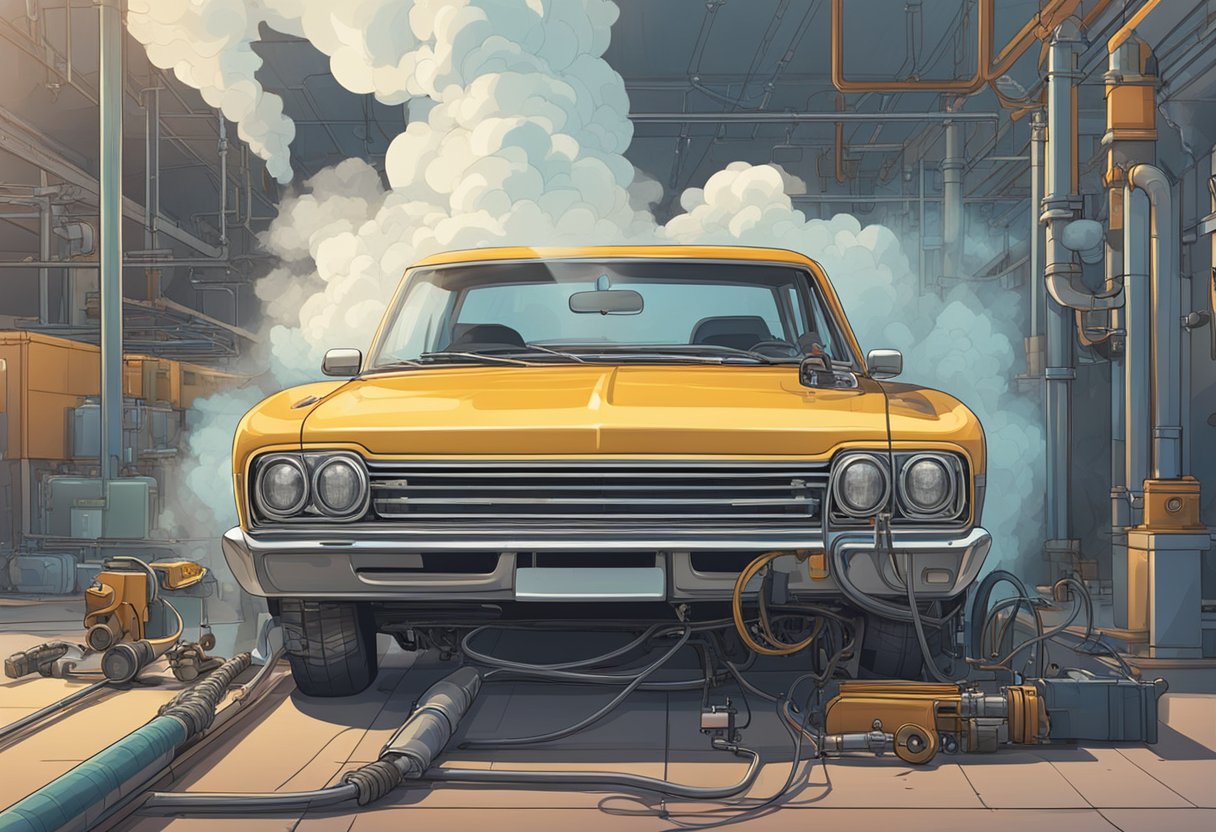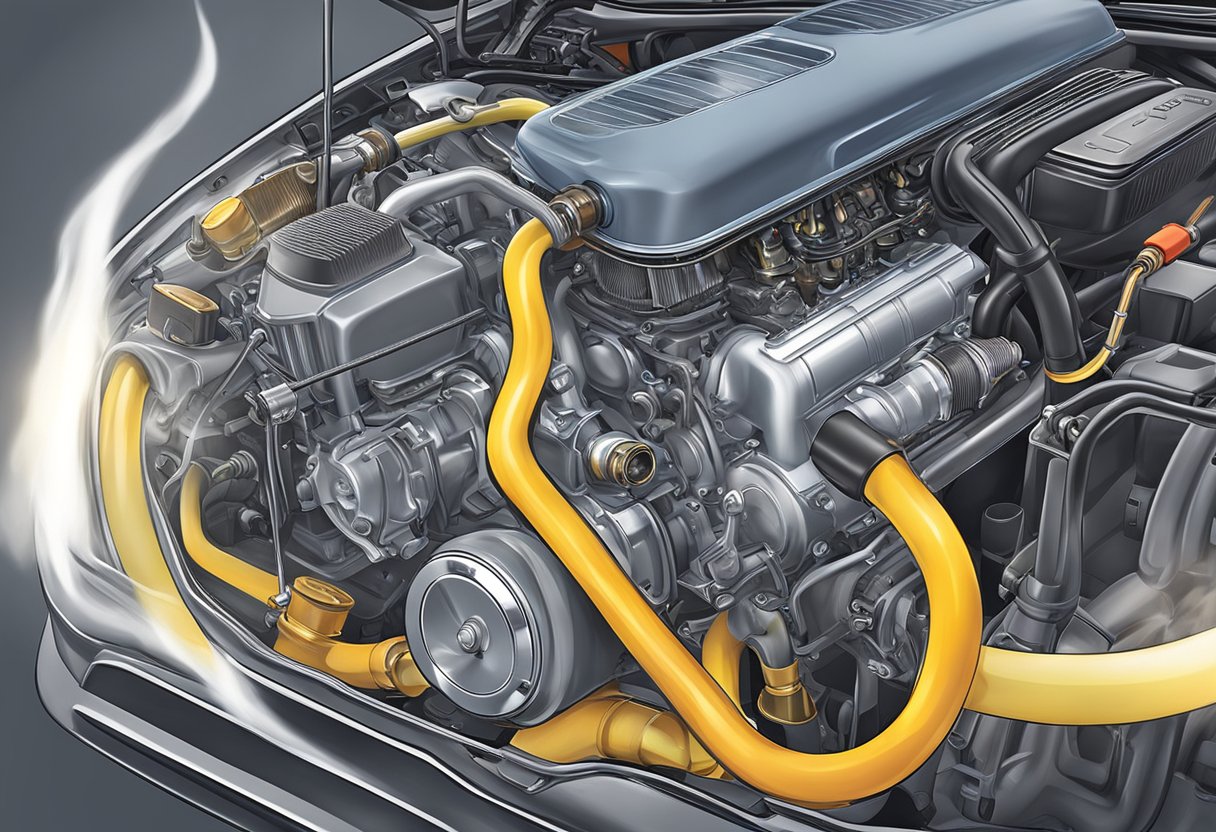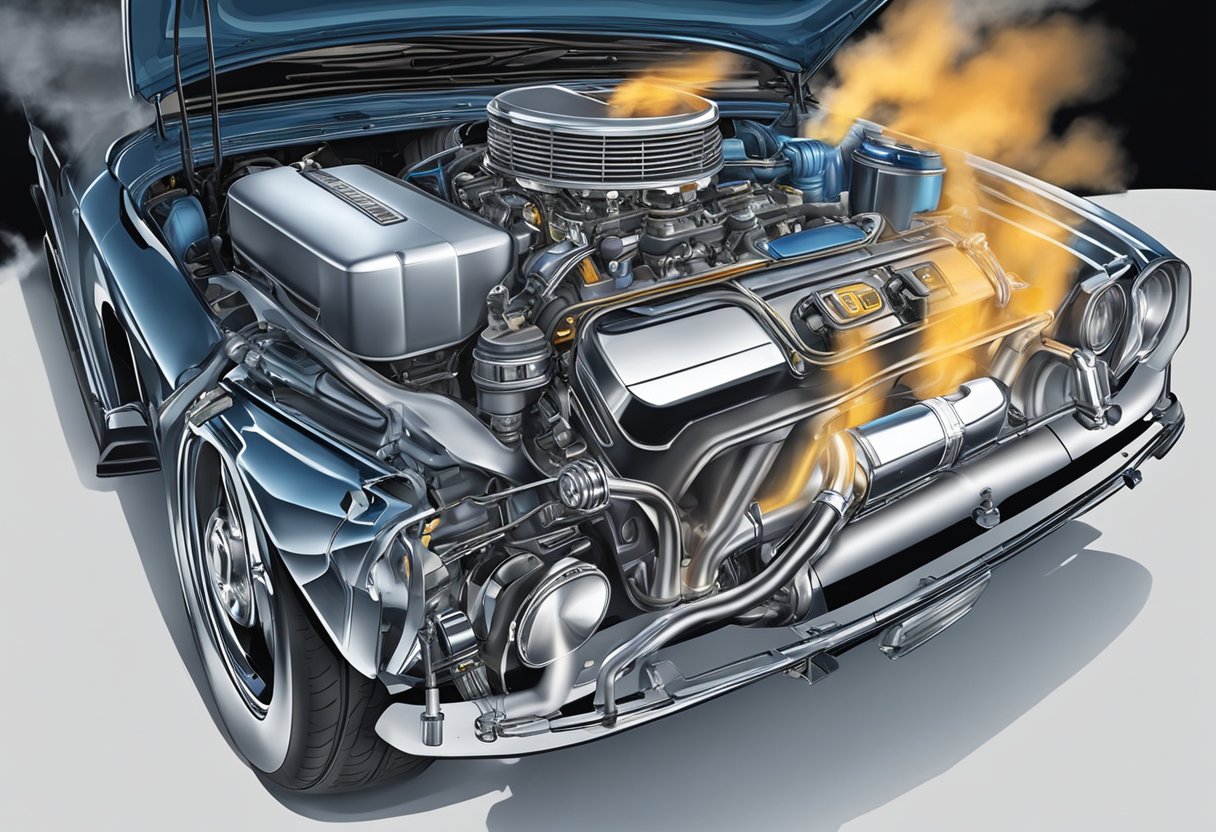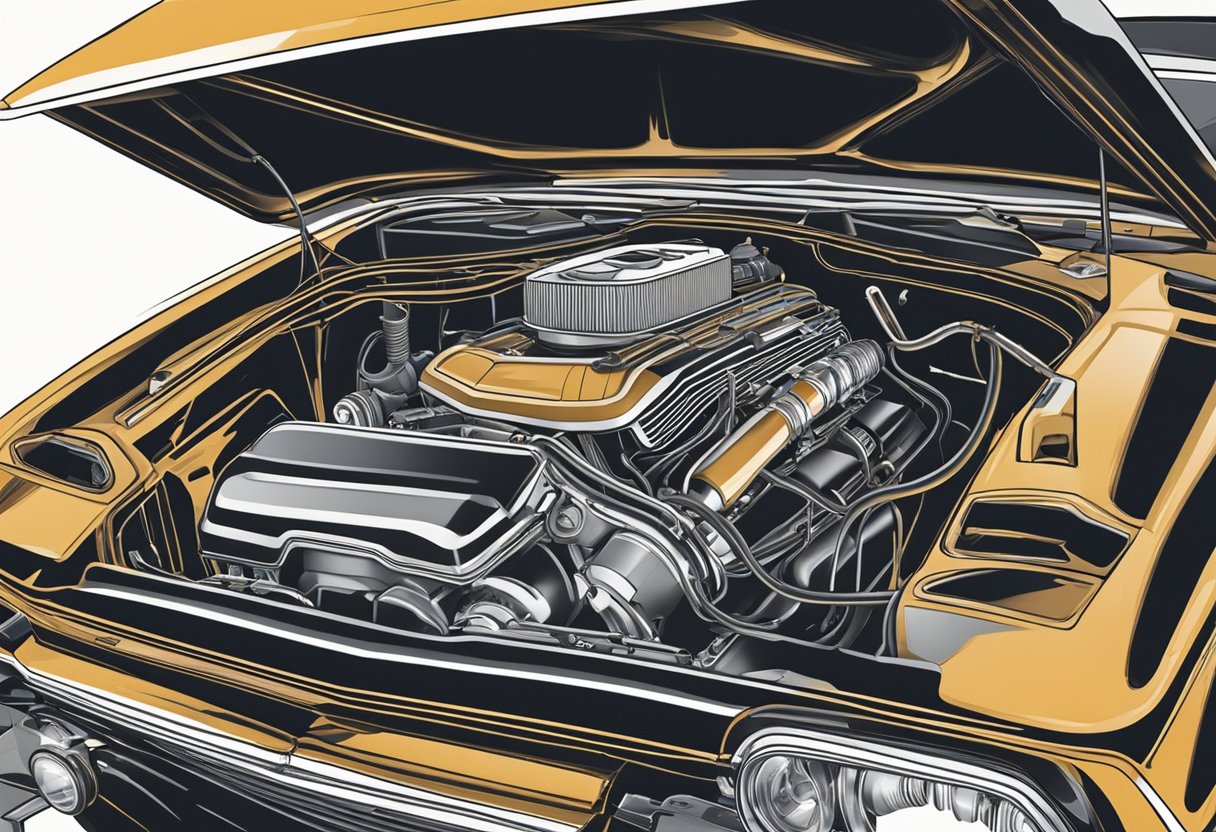Vapor lock is a common problem that can occur in cars, especially in older vehicles or those that are exposed to high temperatures.
This issue can cause your car to stall or even refuse to start, which can be frustrating and inconvenient.
Understanding the symptoms, causes, and how to fix vapor lock can help you prevent this problem from happening and keep your car running smoothly.
The symptoms of vapor lock can vary depending on the severity of the issue.
Some common signs include engine stalling or hesitation, difficulty starting the car, or a loss of power while driving.
If you notice any of these symptoms, it’s important to address the issue as soon as possible to prevent further damage to your vehicle.
There are several factors that can cause vapor lock, including high temperatures, low fuel pressure, and a clogged fuel line.
Understanding the underlying cause of the problem can help you determine the best course of action to fix it.
In the following article, we’ll explore the symptoms, causes, and solutions for vapor lock in cars, so you can keep your vehicle running smoothly and avoid any unexpected breakdowns.
Understanding Vapor Lock
Definition of Vapor Lock
Vapor lock is a common problem that can occur in cars, particularly older models or those with carbureted engines.
It is a condition that arises when the fuel in the fuel lines or carburetor turns into vapor, causing the engine to stall or not start at all.
Mechanism Behind Vapor Lock
The mechanism behind vapor lock is relatively simple.
Fuel is pumped from the gas tank to the carburetor or fuel injection system via a fuel line.
When the engine is running, the fuel is constantly flowing, and the heat generated by the engine is dissipated by the fuel.
However, when the engine is turned off, the heat generated by the engine can cause the fuel in the fuel lines or carburetor to boil and turn into vapor.
If the fuel vaporizes, it can create an air pocket in the fuel line, which can prevent the fuel pump from pumping fuel to the engine.
This can cause the engine to stall or not start at all.
In some cases, the engine may start and run for a short period before stalling.
Vapor lock is more likely to occur when the outside temperature is high, and the engine is hot.
It can also occur if the fuel lines or carburetor are located too close to the engine, or if the fuel pump is not working correctly.
To prevent vapor lock, it is essential to keep the fuel lines and carburetor cool.
This can be achieved by installing heat shields or insulation around the fuel lines, or by relocating the fuel lines or carburetor away from the engine.
It is also important to ensure that the fuel pump is working correctly and that the gas tank is not too low on fuel.
Symptoms of Vapor Lock
When your car’s fuel system experiences vapor lock, it can cause a variety of symptoms that can be frustrating and even dangerous.
Here are some of the most common symptoms of vapor lock:
Engine Stalling
If your engine suddenly stalls while you’re driving, it could be a sign of vapor lock.
This is because vapor lock can cause a disruption in the fuel flow to the engine, leading to a loss of power and ultimately, stalling.
If you notice that your engine is stalling frequently, it’s important to have it checked out by a professional mechanic.
Difficulty Starting Engine
Another symptom of vapor lock is difficulty starting the engine.
This is because vapor lock can cause the fuel to evaporate before it reaches the engine, making it harder to start.
If you’re having trouble starting your engine, it’s important to have it checked out by a professional mechanic.
Power Loss During Operation
If you notice a sudden loss of power while driving your car, it could be a sign of vapor lock.
This is because vapor lock can cause the fuel to evaporate before it reaches the engine, leading to a loss of power.
If you experience power loss while driving, it’s important to have your car checked out by a professional mechanic.
Overall, if you experience any of these symptoms, it’s important to have your car checked out by a professional mechanic as soon as possible.
Vapor lock can be a serious issue that can lead to further damage if left untreated.
Causes of Vapor Lock
High Ambient Temperatures
One of the primary causes of vapor lock is high ambient temperatures.
When the temperature in the engine compartment rises, it can cause the fuel to vaporize before it reaches the engine.
This can occur when the engine is overheating or if the ambient temperature is too high.
Fuel System Design Flaws
Another cause of vapor lock is fuel system design flaws.
Some fuel systems are designed in a way that can cause the fuel to vaporize too quickly.
This can occur if the fuel lines are too close to the engine or if the fuel pump is not functioning properly.
Improper Fuel Volatility
The volatility of the fuel can also cause vapor lock.
If the fuel has too high of a volatility, it can vaporize too quickly and cause vapor lock.
On the other hand, if the fuel has too low of a volatility, it can cause the engine to run poorly.
To prevent vapor lock, it is important to maintain your vehicle’s cooling system and ensure that the fuel system is functioning properly.
In addition, you should use the correct type of fuel for your vehicle and avoid driving in high ambient temperatures whenever possible.
Preventative Measures
To avoid experiencing vapor lock in your car, there are several preventative measures you can take.
These measures include regular maintenance, using fuel additives, and insulating fuel lines.
Regular Maintenance
Regular maintenance is crucial to preventing vapor lock in your car.
Make sure to have your car serviced regularly, including checking the fuel lines and fuel pump for any signs of wear or damage.
Additionally, ensure that your car’s cooling system is functioning properly, as a malfunctioning cooling system can lead to higher under-hood temperatures and increase the risk of vapor lock.
Fuel Additives
Using fuel additives can also help prevent vapor lock.
Look for additives that contain isopropyl alcohol, which can help reduce the boiling point of gasoline and prevent vapor lock.
However, be sure to follow the instructions on the additive carefully, as using too much can actually cause more harm than good.
Insulation of Fuel Lines
Insulating fuel lines can also help prevent vapor lock.
Consider installing heat shields or wrapping the fuel lines with insulating material to keep them cool and reduce the risk of vapor lock.
Additionally, make sure that the fuel lines are properly routed and not too close to any heat sources, such as the exhaust system.
By following these preventative measures, you can reduce the risk of vapor lock in your car and ensure that it runs smoothly and reliably.
Solutions to Vapor Lock
If you’re experiencing vapor lock in your car, there are a few solutions you can try to fix the problem.
In this section, we’ll discuss two potential solutions: cooling the fuel system and upgrading fuel components.
Cooling the Fuel System
One way to prevent vapor lock is to keep your fuel system cool.
You can do this by adding insulation to the fuel lines or installing a heat shield around the fuel pump.
Another option is to install an electric fuel pump that runs cooler than a mechanical pump.
In addition, you can try using a fuel additive that reduces the boiling point of gasoline.
This can help prevent vapor lock by allowing the fuel to remain in a liquid state at higher temperatures.
Upgrading Fuel Components
Another solution to vapor lock is to upgrade your fuel components.
This can include installing a larger fuel line or upgrading to a higher-capacity fuel pump.
You may also want to consider upgrading your fuel injectors or carburetor to ensure that your engine is getting the proper amount of fuel.
In addition, you can try using a fuel with a higher octane rating.
This can help prevent vapor lock by reducing the likelihood that the fuel will boil in the fuel lines.
By cooling your fuel system and upgrading your fuel components, you can help prevent vapor lock in your car and keep your engine running smoothly.
As an Amazon Associate we earn from qualifying purchases.















